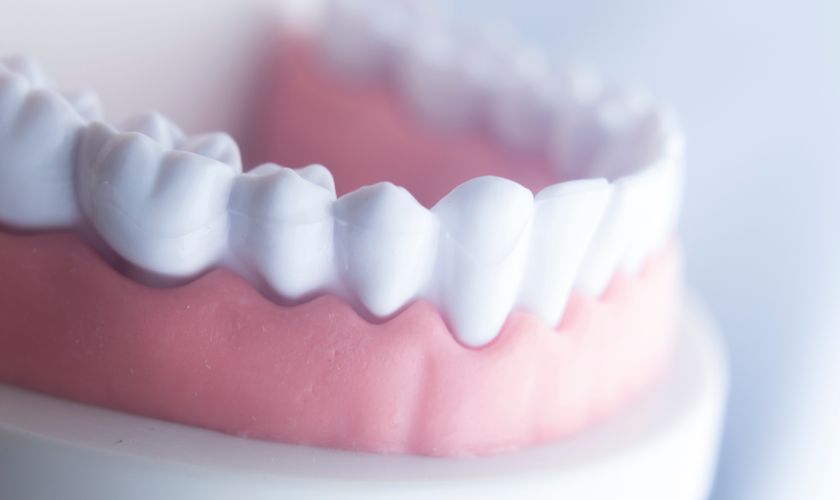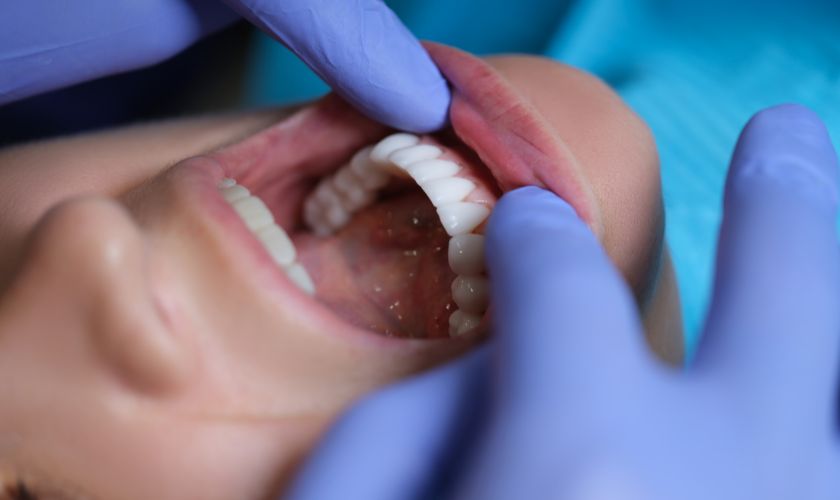
Who says braces are just for kids? With the rise of adult orthodontics, there’s always time to get the smile you want. Whether it’s fixing crooked teeth or misaligned bites, straightening your smile can boost your confidence and overall oral health. But where do you start as an adult? Don’t worry; we’ve got you covered with this beginner’s guide to adult orthodontics. So sit back, relax, and explore how you can achieve that perfect grin.
What is Adult Orthodontics?
Orthodontics for adults is becoming increasingly popular as people realize the benefits of having straight teeth. Adult orthodontics can improve your smile, bite, and oral health. It can also increase your self-confidence and make you feel better about yourself.
Adult orthodontics is a branch of dentistry specializing in diagnosing, preventing, and treating dental and facial irregularities. Adult orthodontic treatment aims to create a harmonious balance between the teeth, jaws, and face. This can be achieved through braces, retainers, headgear, or other appliances.
Why consider adult orthodontics?
There are many reasons why adults may choose to seek orthodontic treatment. Some adults may have had braces as children but did not complete their treatment. Others may have developed problems with their teeth or jaws as they age. And still, others may want to improve their smile or correct an imperfection. Regardless of your reason for considering adult orthodontics, know that it can give you the beautiful, healthy smile you’ve always wanted!
Benefits of Adult Orthodontics
Many benefits of adult orthodontics make it an attractive option for those considering straightening their teeth. One of the enormous benefits is the significant boost to self-confidence that comes with having a straighter, more symmetrical smile. Not only will you feel better about yourself, but others will perceive you as being more successful and competent. In addition to the cosmetic benefits, adult orthodontics can improve oral health by making brushing and flossing your teeth more accessible and reducing your risk of tooth decay and gum disease. If you have any existing dental problems, such as crowding or misaligned teeth, Orthodontic treatment can help to correct these issues and prevent future problems from developing.
Types of Braces
Some of the most common types of braces include:
• Metal braces: Metal braces are the most traditional type of braces and the most visible. They are made of high-grade stainless steel or titanium and are solid and durable. Metal braces can be used to correct a wide variety of dental problems.
• Ceramic braces: Ceramic braces are made of clear or tooth-colored brackets, blending in with your teeth much better than metal braces. They are less visible than metal braces, but they are also more fragile and more expensive.
• Invisalign: Invisalign is a popular alternative to traditional braces. It uses clear, removable aligners to straighten your teeth over time gradually. Invisalign® is virtually invisible and can be removed for eating, brushing, and flossing.
What to Expect During Treatment
Most adults who seek orthodontic treatment do so because they are unhappy with the appearance of their smile. They may feel that their teeth are too crooked, too crowded, or that they have an improper bite. While the treatment results can be gratifying, it is essential to remember that the process takes time and requires a great deal of commitment on the part of the patient.
The first step in treatment is to consult with an orthodontist to discuss your concerns and goals. Next, the orthodontist will thoroughly examine your mouth and teeth, taking X-rays and photographs as necessary. Based on this information, they will develop a customized treatment plan for you.
Once you have decided to proceed with treatment, the next step is to prepare your teeth for braces. This usually involves having one or more teeth extracted to create more space in your mouth. If you have significant crowding, your orthodontist may also recommend pre-treatment with expanders or other devices before bracing.
After your teeth have been prepared, it’s time to get fitted for braces! This process usually takes place over two appointments: one for placement of the brackets and wires and one for adjustment of the mounts (usually 4-6 weeks later).
Alternatives to Adult Orthodontics
A few alternatives to traditional braces can be used to straighten teeth in adults. One popular alternative is Invisalign, which uses clear plastic aligners instead of metal wires and brackets. Another option is lingual braces, which are placed on the back side of the teeth so they are less visible. There are also clear ceramic braces, which are less noticeable than metal braces.
Conclusion
Orthodontics can be a great way to improve the look and feel of your smile. By following our beginner’s guide, you can decide whether orthodontic treatment is proper for you and take steps towards straightening your teeth in no time. With the help of modern technologies such as clear aligners and ceramic braces, achieving a beautiful, straighter smile has never been easier or more comfortable for adults. So don’t wait – start researching adult orthodontic options today!
Recent Post

Why Regular Dental Checkups with a Dentist in Austin, Texas Are Essential

Brushing Up on Mom’s Oral Health: Essential Tips for Busy Moms

Healthy Habits for a Healthy Mouth: Preventing Oral Cancer

How Cosmetic Dentists Can Fix Your Cavities?


